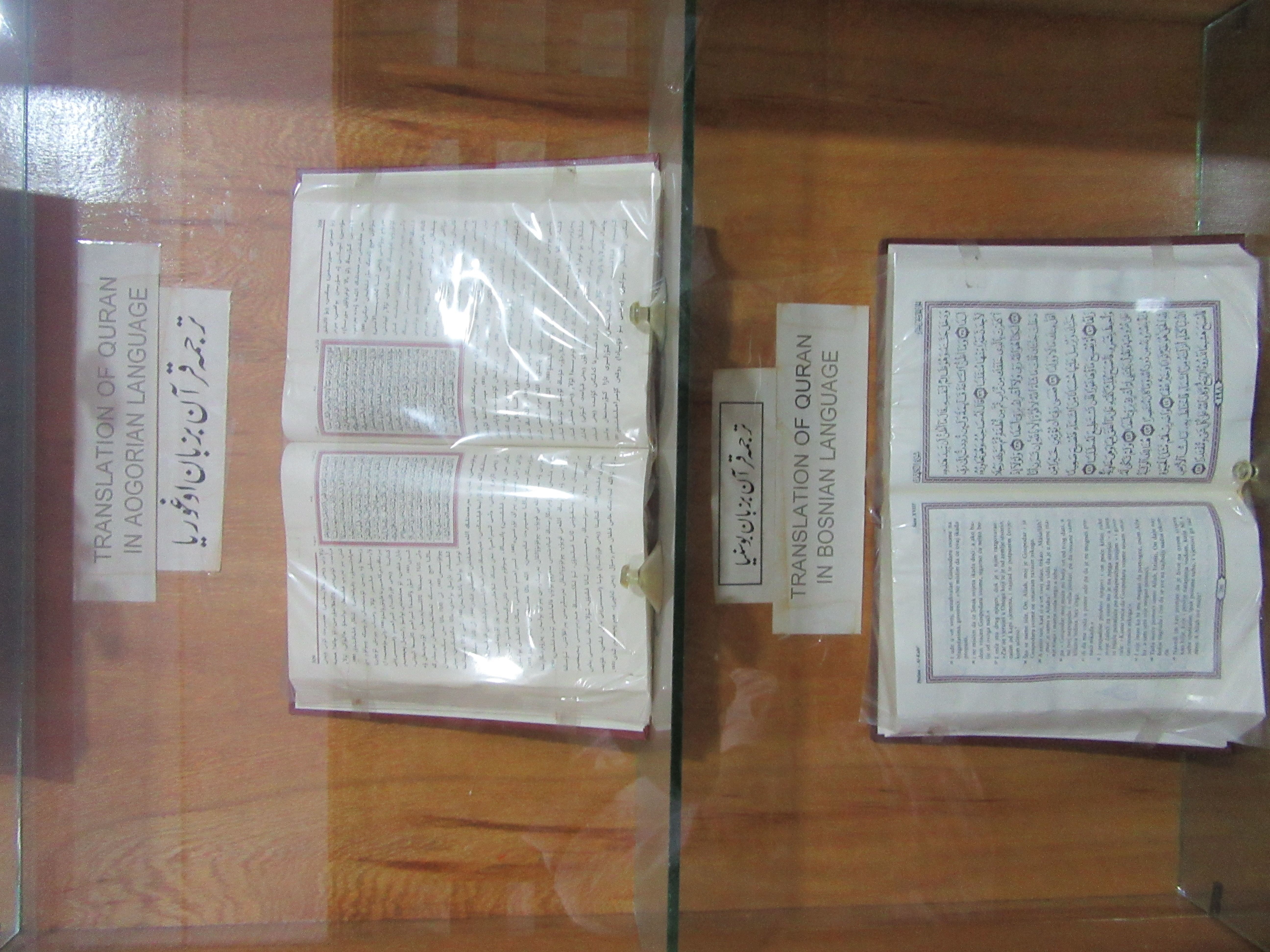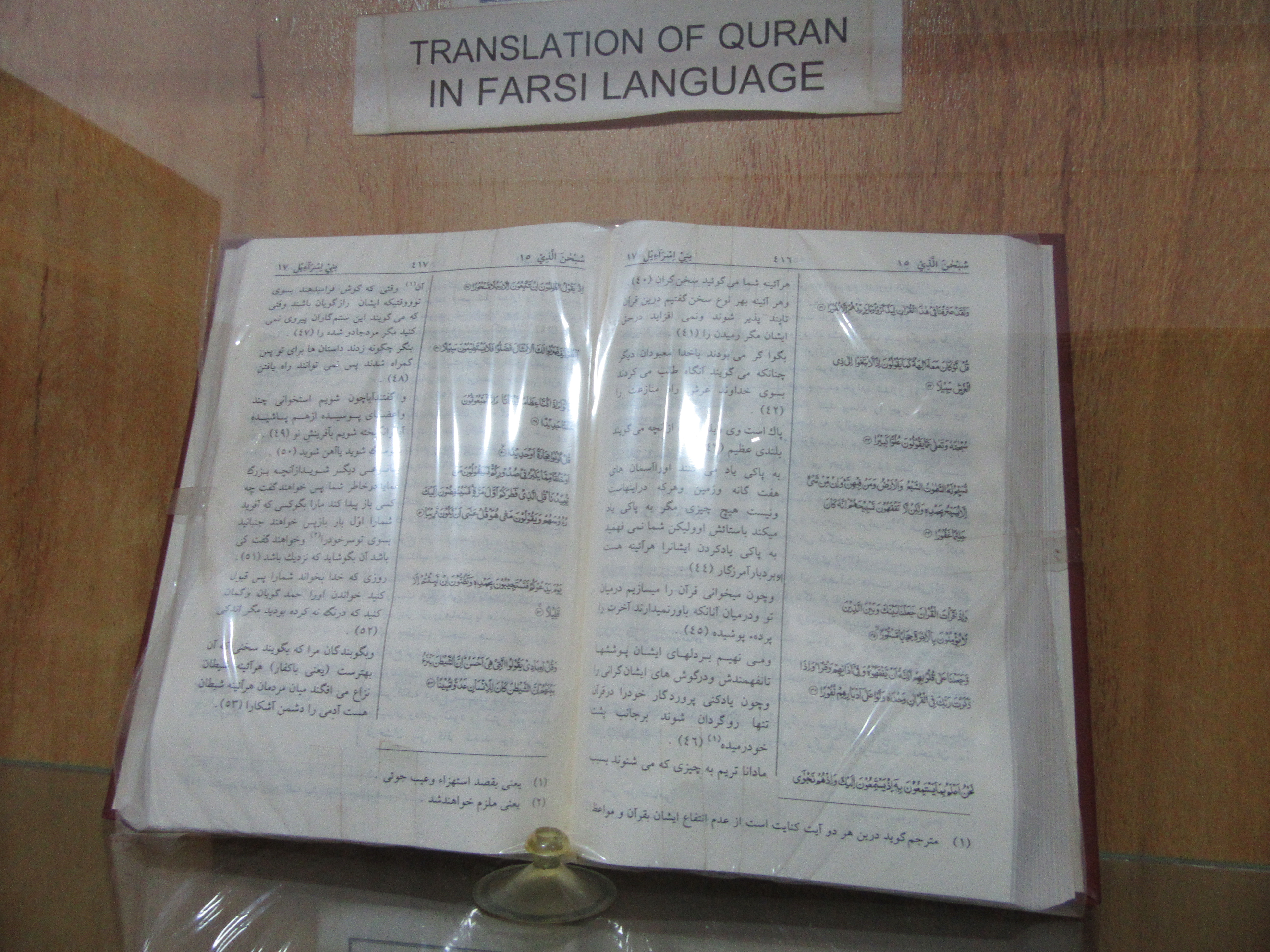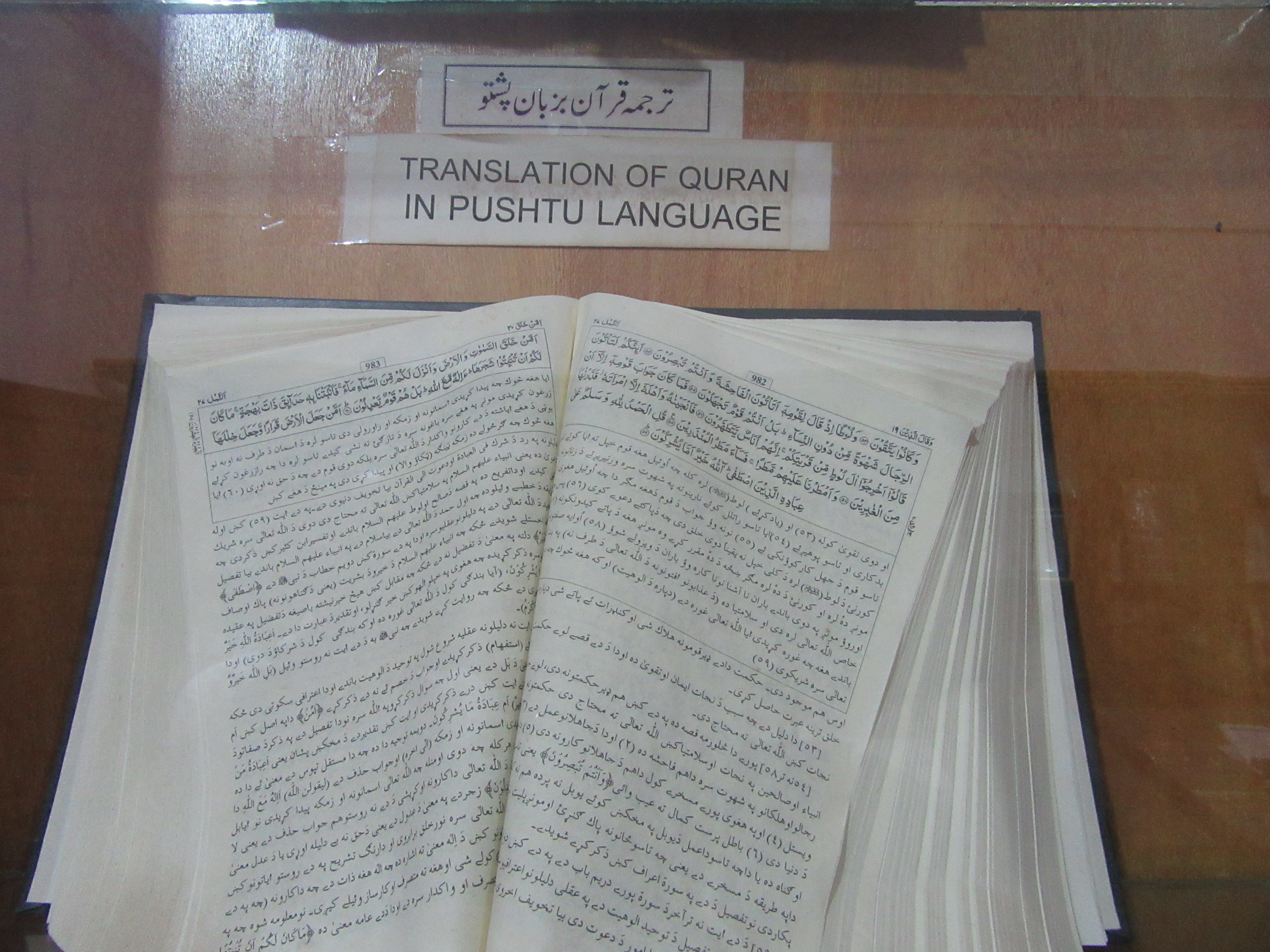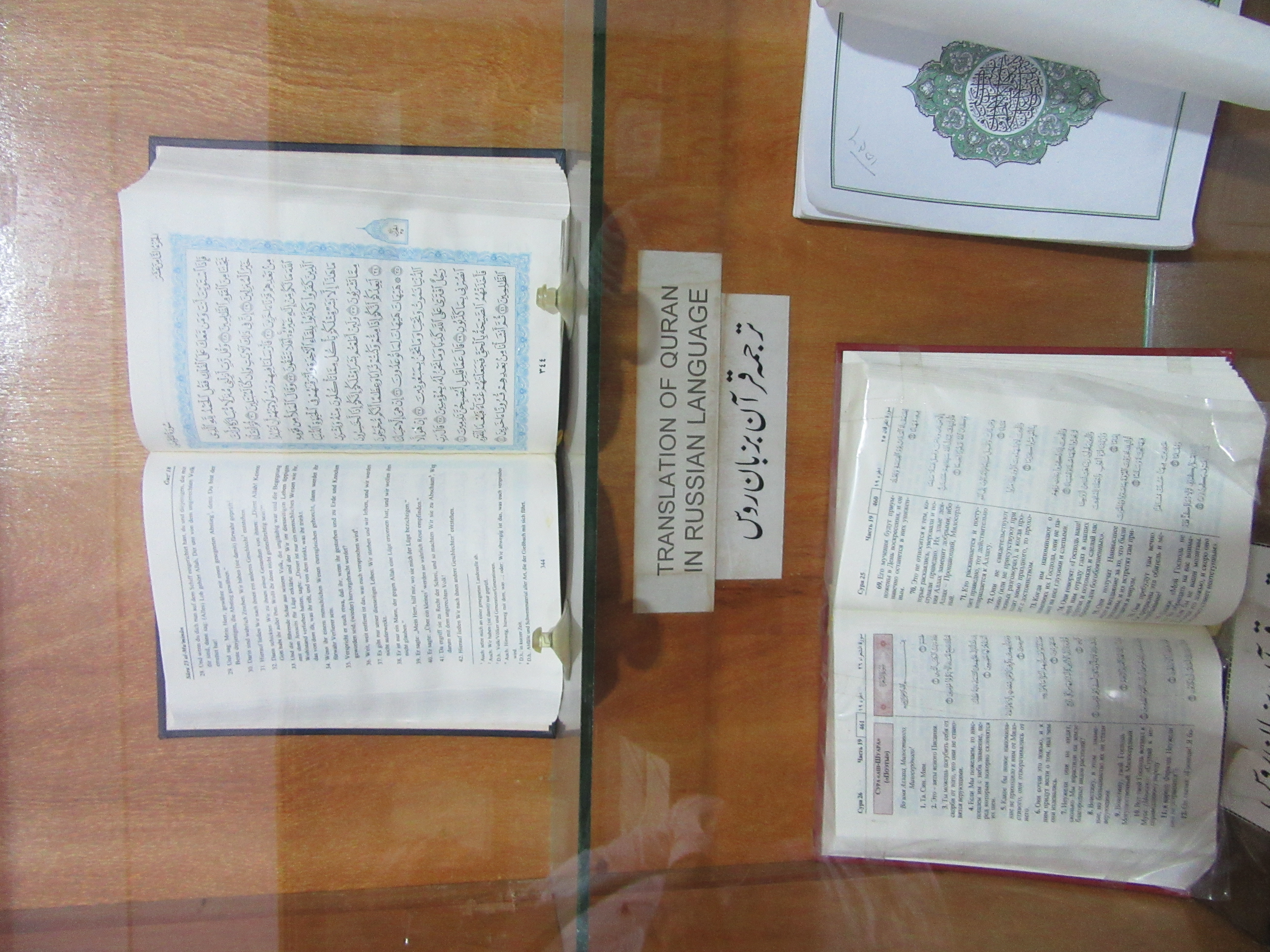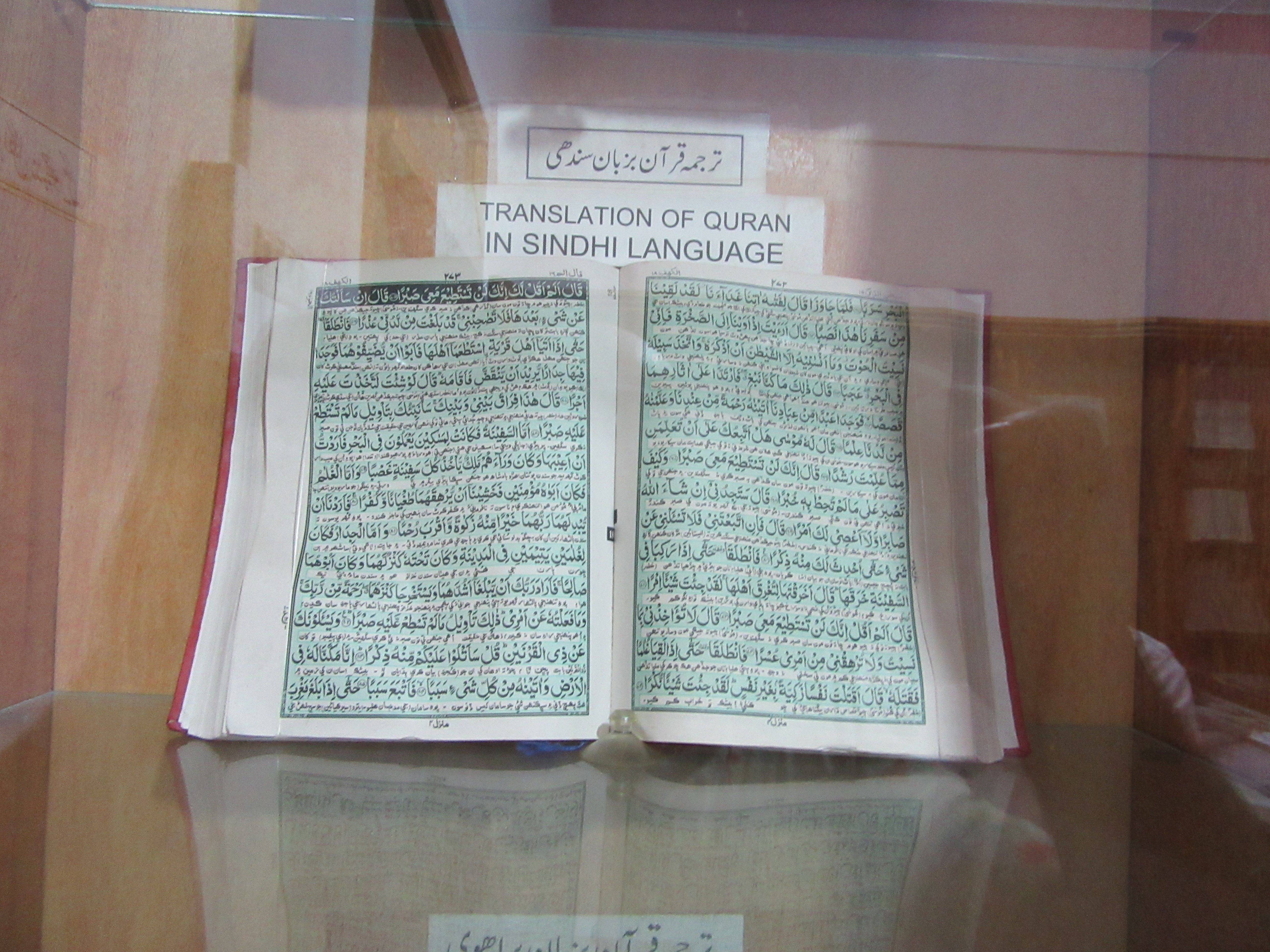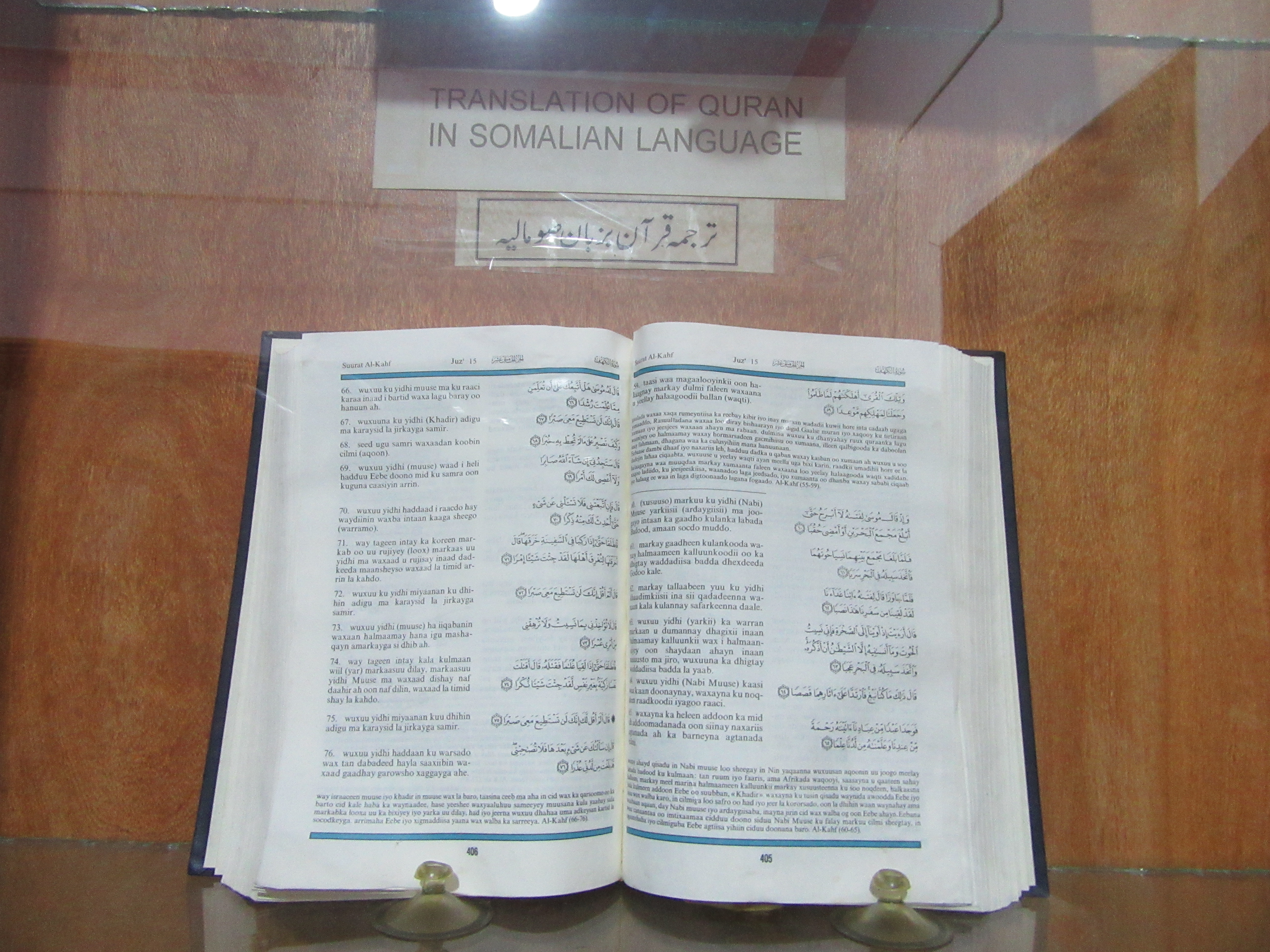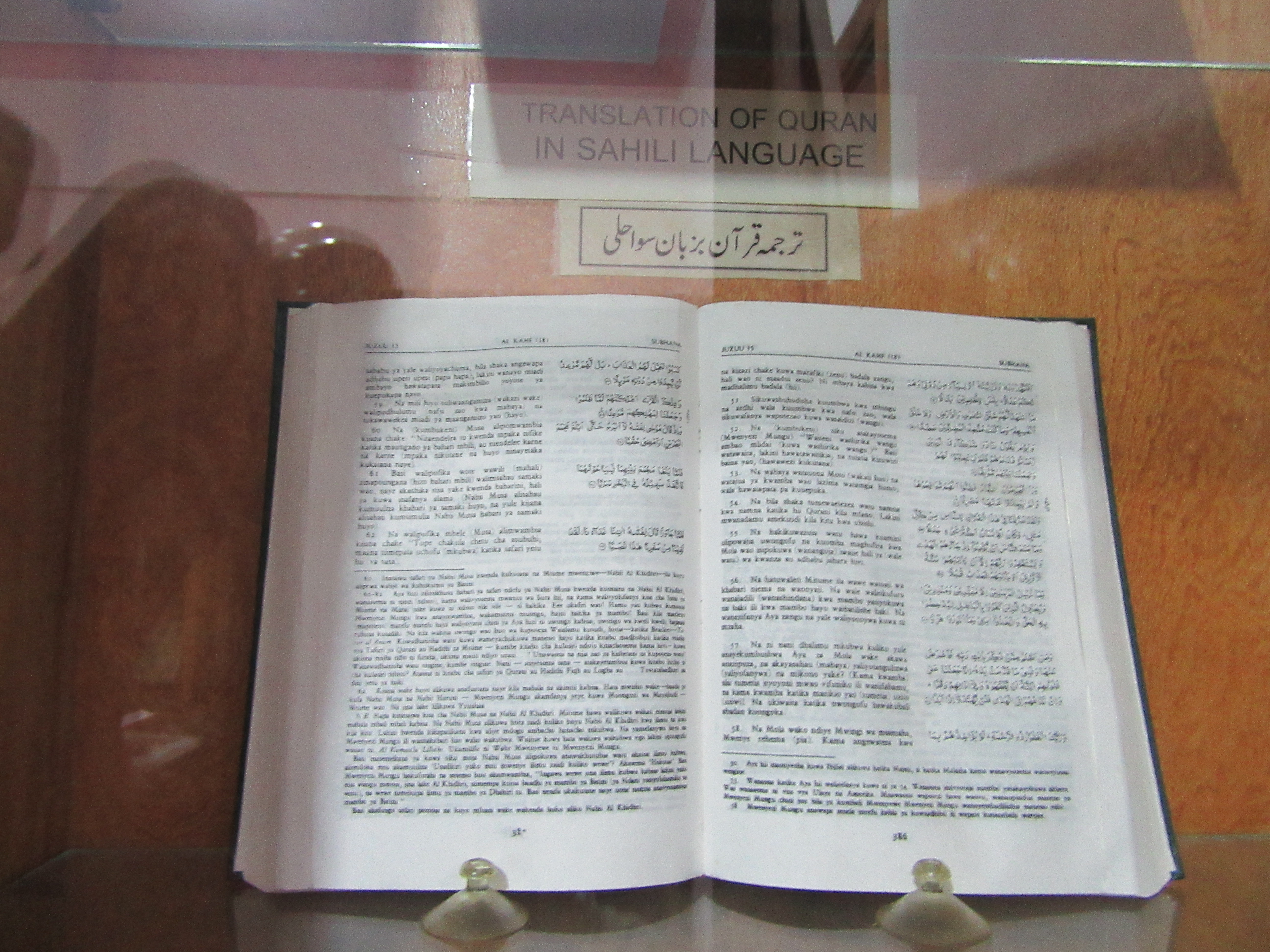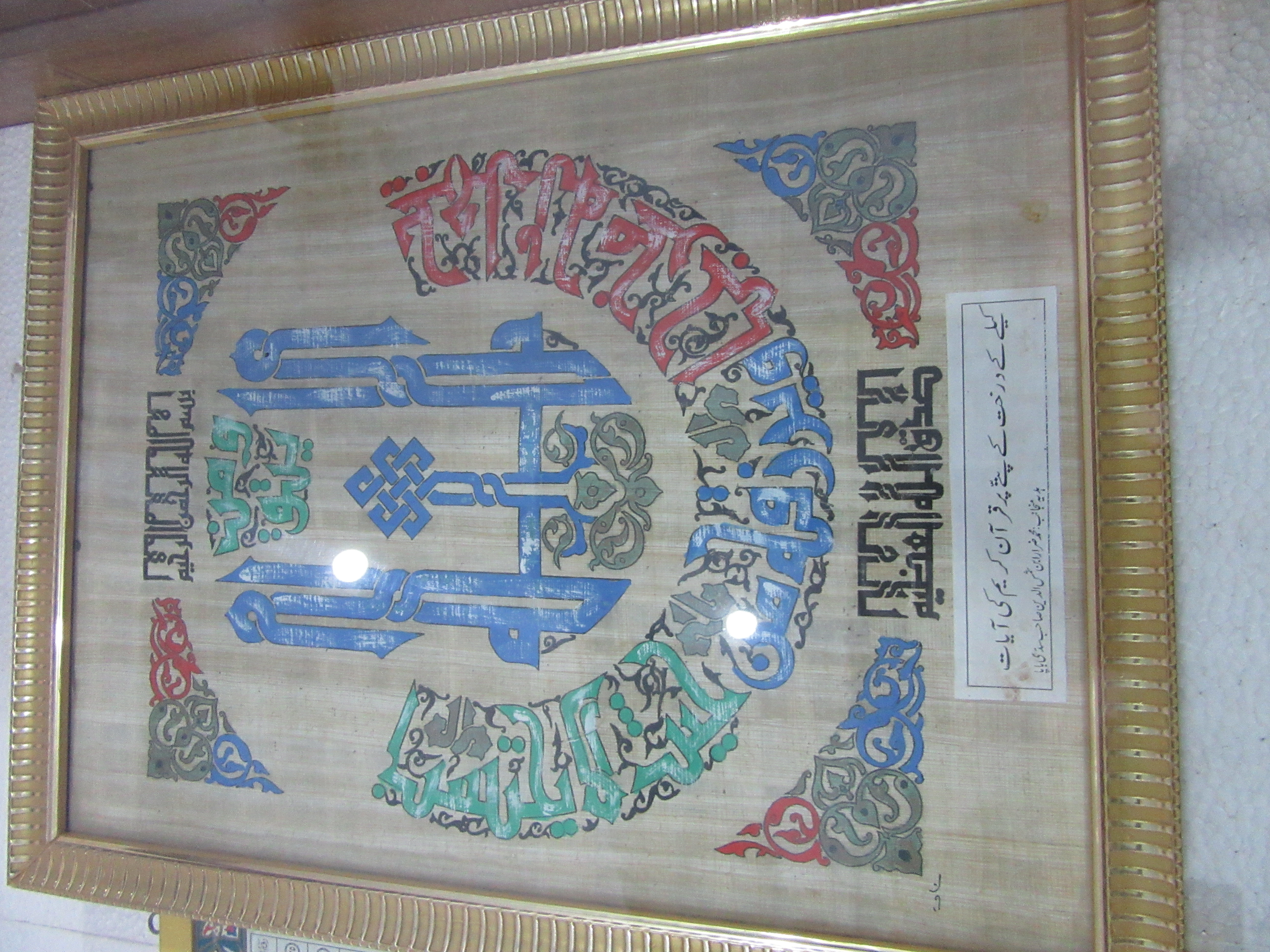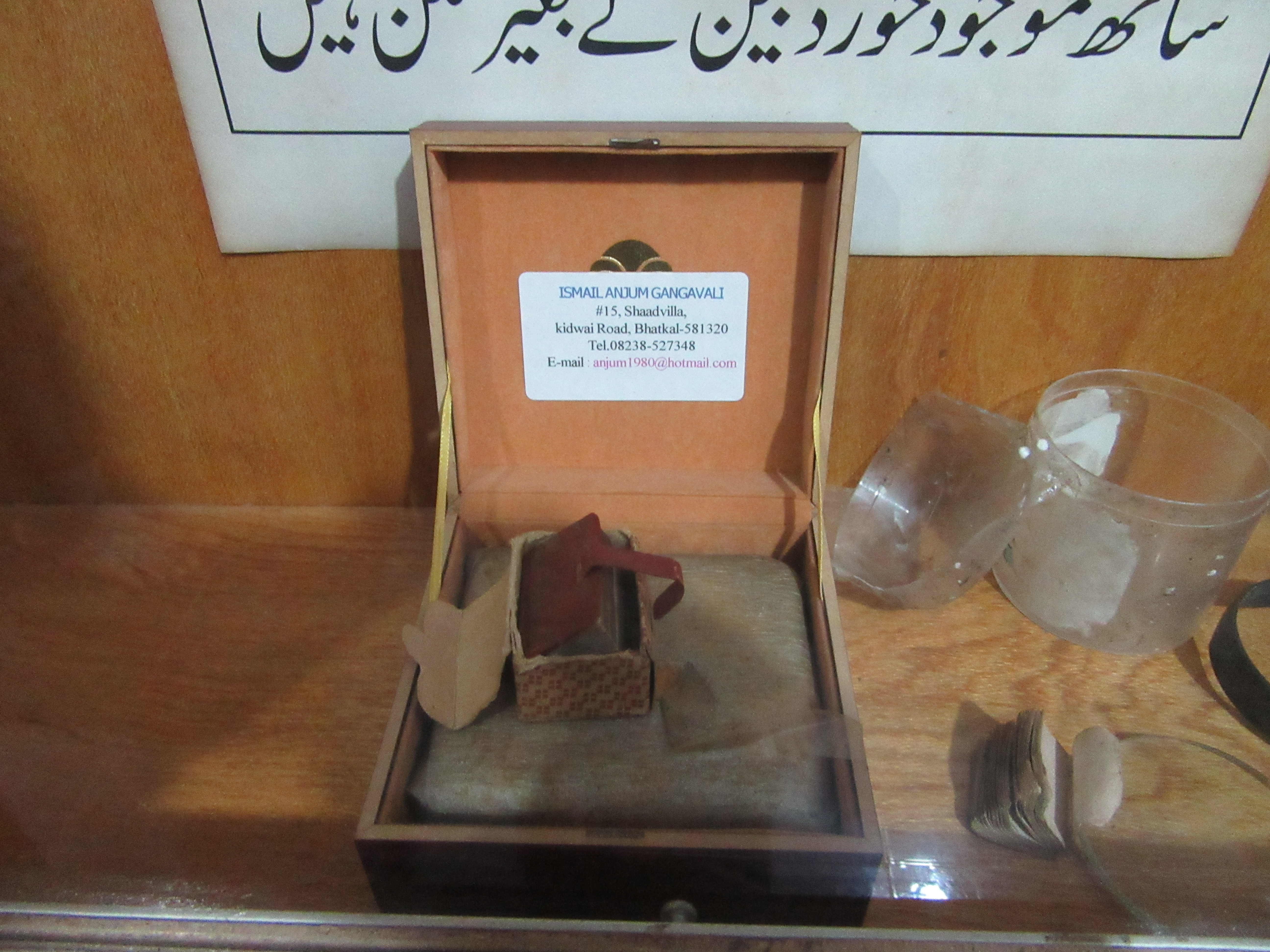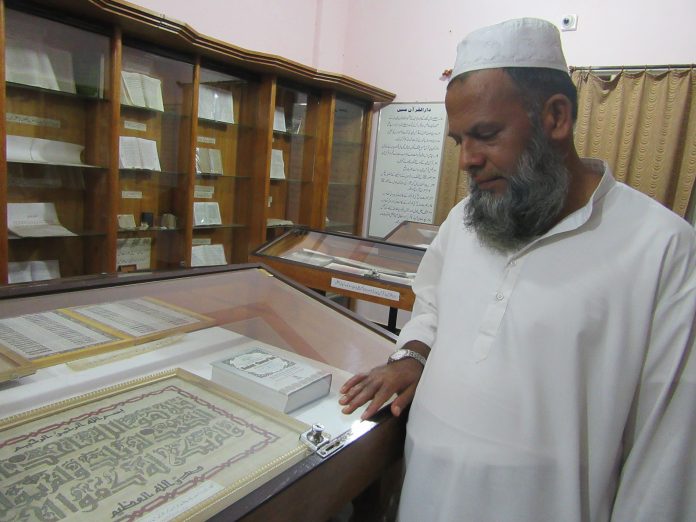Bhatkal, as we have seen in this series, is a town with a rich history and tradition. It has also been a big centre of learning and as we saw in the fifth part of the series, it has an extremely strong infrastructure for education of youth, both male and female. Religious education is also taken extremely seriously here, and Moulana Abul Hasan Ali Nadvi Academy is just one of the many Academies that impart knowledge of the Qu’ran and Hadith to thousands of young minds. But the Moulana Abul Hasan Ali Nadvi Academy has another secret up its sleeve: a room, fondly called the Qu’ran Museum, dedicated to copies of the Holy Text in various languages, mediums and editions. In the seventh of the nine-part series, Amit Kumar looks at the treasure trove that is also one of the best kept secrets of this coastal town.
Read part one here
Read part two here
Read part three here
Read Part four here
Read Part five here
Read Part six here
What is the image that pops up in your head when you hear the word Museum? Big Victorian buildings with massive windows, chandeliers and pin-drop silence? A building which not only houses rare artifacts, but which is also an architectural wonder that dates back to centuries? In both these respects, the Quran Museum at Moulana Abul Hasan Ali Nadvi Academy, Bhatkal, will disappoint you. It might be called a Museum, but it does not look like one. To begin with, it is located inside the academy and takes the space of one, standard-sized master bedroom. In fact, given its location right next to the storage room, you might even miss it. But once you step inside, you are likely to forget about the room’s size and its location. The room with glass display shelves and a centre display shelf contains the Holy Text, Quran, in over 55 languages, and in various forms.
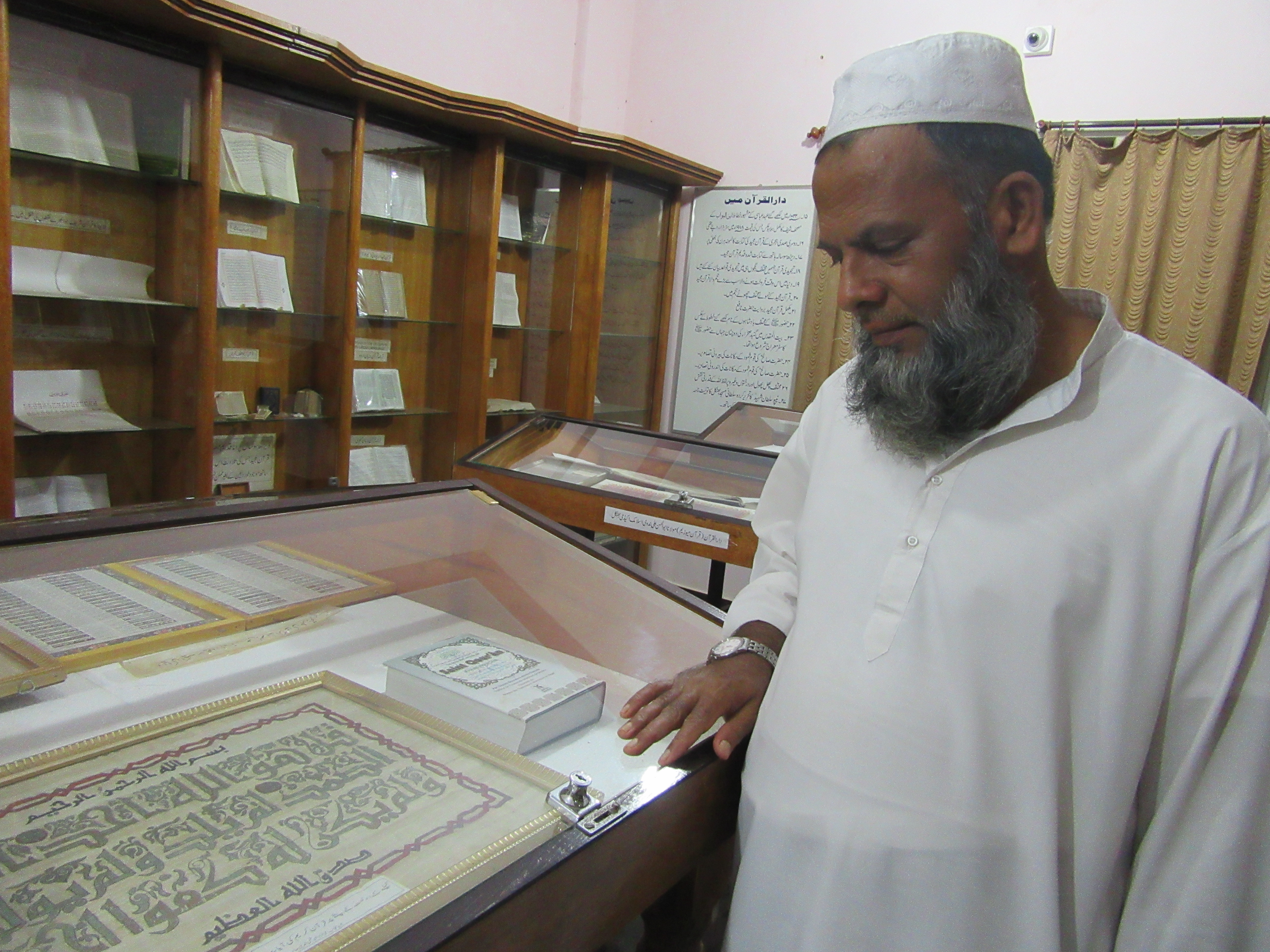
From the smallest-sized Quran, to probably the heaviest Quran, this museum has all thanks to generous patrons and three years of dedicated efforts. Its caretaker, Moulana Ilyas Nadwi who is also the general secretary of the Academy, says, “Between 2001 and 2004, we worked very hard to find various copies of Quran, and kept it here. It is important to point out that we were not always chasing the ‘rarest’ Quran; some of these are regular editions in fact. Our focus was more on showing how rich the Islamic tradition is because of which we now have our Holy Text in so many languages.” He added that this museum was free for all and the academy received a sizeable number of guests every year. “I hope that we can soon have a Nawayathi version too,” he adds with a smile.
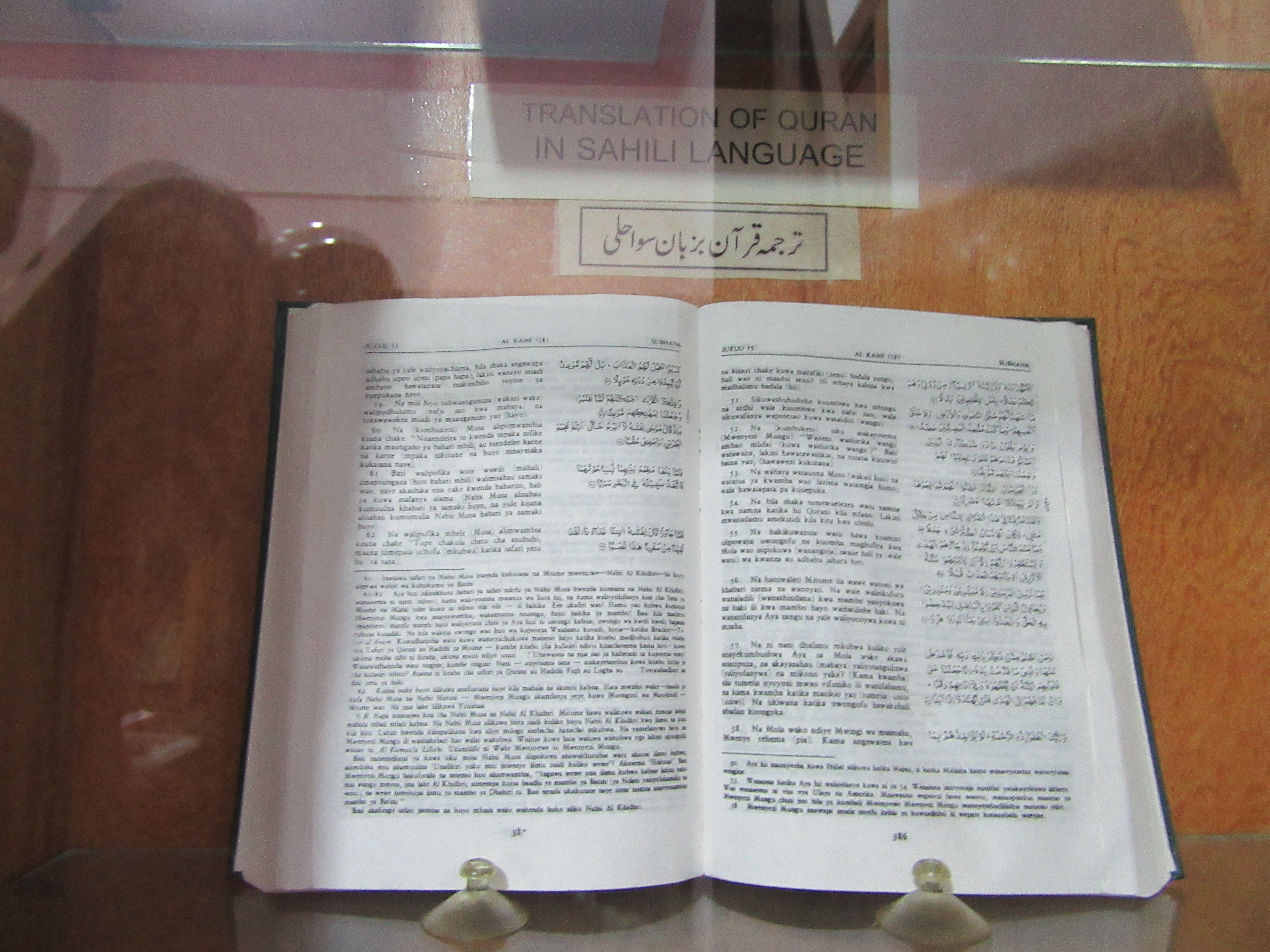
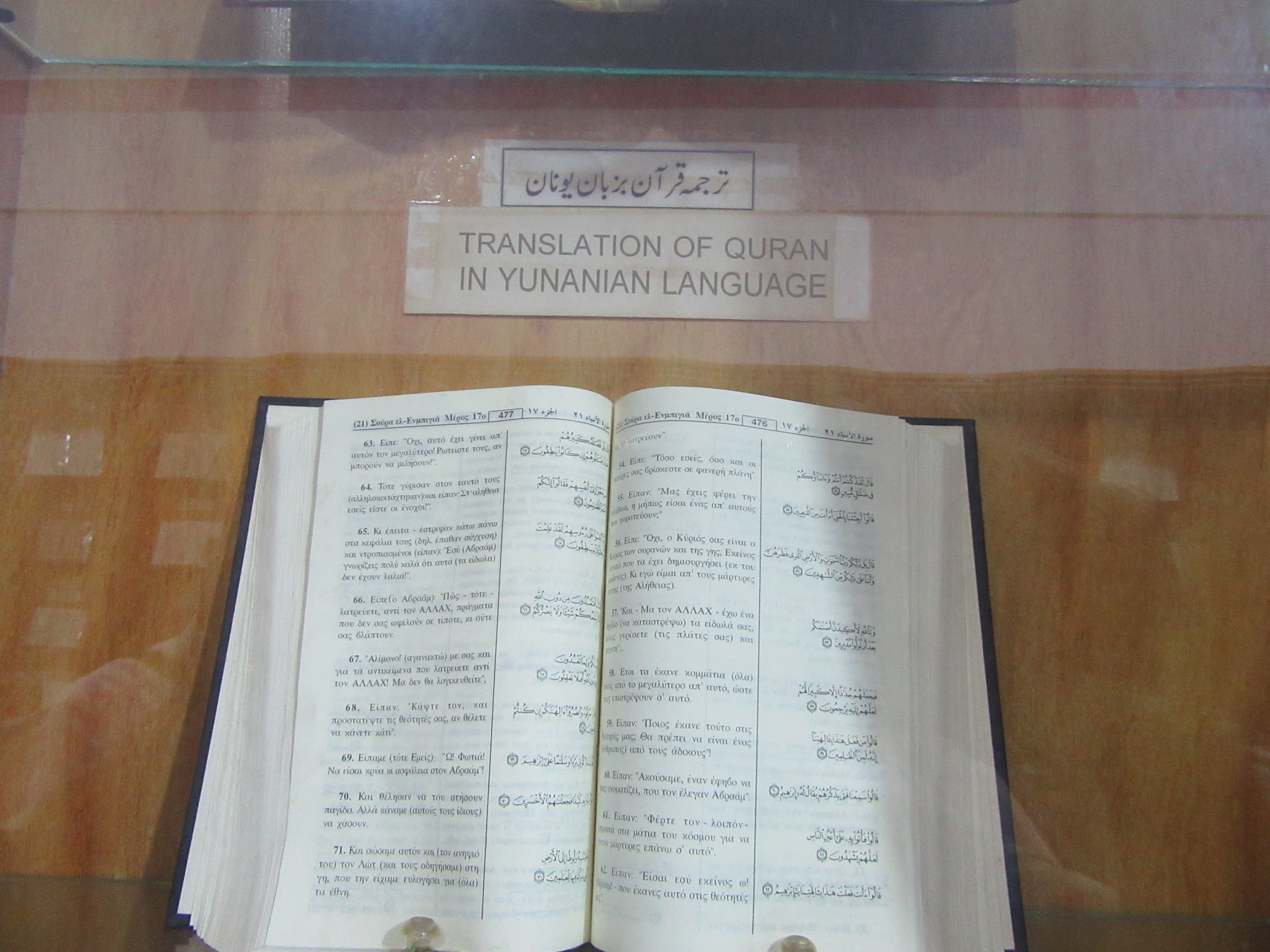
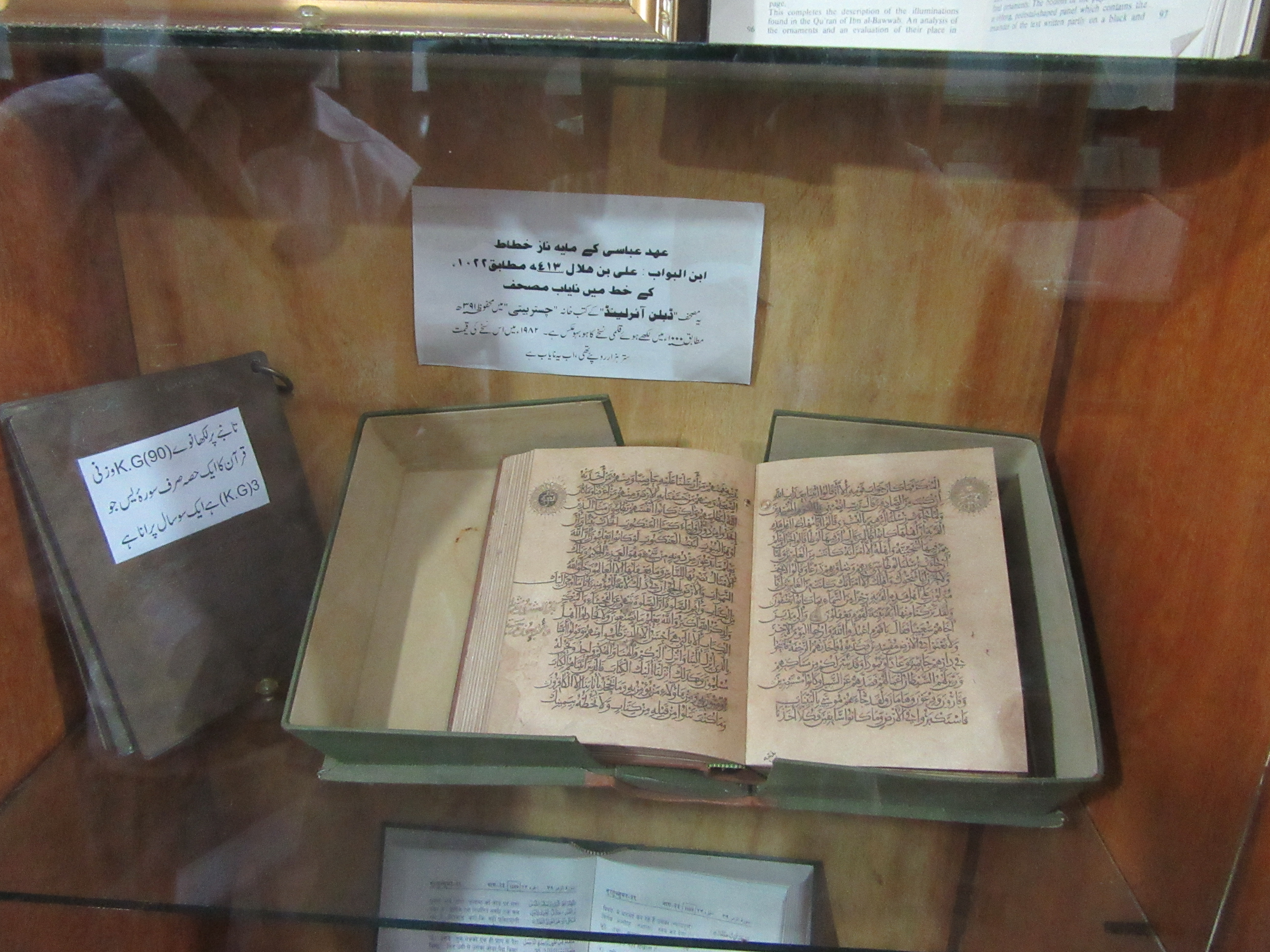
On the left is a chapter of Quran inscribed on Copper. It is said to weigh over 20 kilos.
